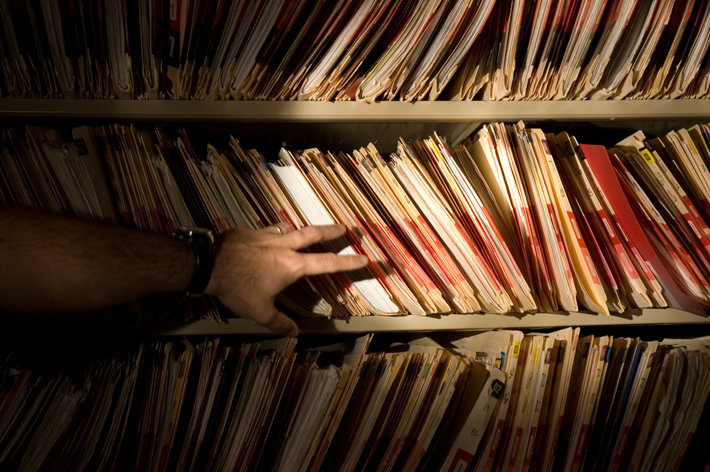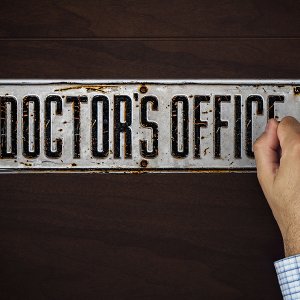Opioid Prescriber to Serve a Seven-Year Jail Sentence for Role in Opioid Epidemic

One of the last medical news stories to hit the newsfeeds before the close of 2020 was the report concerning Felicia Donald, 65, of Alexandria, Virginia. Donald was sentenced to seven years in prison for running a “pill mill” that placed more than $1 million in addictive prescription drugs into the hands of addicts and dealers.
Here we have the rare case of a doctor brought to justice for her direct role in fueling the opioid epidemic. What is the story behind Felicia Donald’s arrest and how many other doctors in the U.S. are engaged in similar illegal, immoral and even lethal practices?
Felicia Donald – Running a Pill Mill that Gave Addicts Their Fix
Prosecutors sought a 14-year sentence against Felicia Donald, a northern Virginia physician. Her crime? She ran an illegal operation that, for several years, placed hundreds of thousands of addictive pharmaceutical drugs into the hands of addicts and drug dealers. A U.S. District Court in Alexandria, Virginia, imposed a seven-year sentence shortly after Donald pled guilty to multiple charges.
Donald’s crime was not owning and operating the pain treatment clinic—it was the criminal activity she engaged in through her practice. From 2016 to 2020, Donald met with “patients” who paid her $200 cash per visit. Over the four years, Donald prescribed more than $1.2 million in addictive opioid painkillers—drugs responsible for thousands of overdose deaths in the U.S. each year.
Two of Donald’s employees were also involved in the scheme and received lesser sentences.
A Nationwide Problem—A Look at the Data

Though newsworthy, Felicia Donald’s case is not unique. It is uncommon, but a small percentage of medical practitioners choose to profit from the plight of addiction by prescribing addictive drugs to addicts and dealers.
According to a study published in BMJ, just one percent of doctors are responsible for nearly half of all opioids prescribed in the United States. This same group of doctors is also responsible for more than 25% of all prescriptions written. Though it is of concern that such a small number of doctors prescribe such a considerable amount of opioids, the good news is that the vast majority of doctors prescribe within or below the recommended dosages for opioids as outlined by the Centers for Disease Control and Prevention.
The authors of the BMJ study analyzed prescribing data from a private insurance provider. The data spanned from 2003 to 2017 and covered more than 60 million people in all 50 states and Washington, D.C.
During those 14 years, 6700,00 providers prescribed an annual average of 8.2 billion doses of opioids to approximately 3.9 million patients. The top 1% of providers accounted for 49% of dosages disbursed and 27% of prescriptions written. The top 1% of providers prescribed an average of 748,000 dosages, almost 1,000 times more than the middle 1% of providers.
Quoting Dr. Keith Humphreys, lead study author and professor of behavioral sciences at Stanford University, “Most prescriptions written by the majority of providers are below recommended thresholds, suggesting that most U.S. providers are careful in their prescribing. However, a small portion of providers account for a highly disproportionate proportion of opioids.”
The study authors concluded their research and documentation with a straightforward recommendation. They proposed that officials focus their attention on the top 1% of medical providers who write the most prescriptions. The reasoning is that investigating the providers who prescribe the most drugs would be a better resource allocation than attempting to get all doctors to reduce their prescribing trends. In the process, practitioners like Felicia Donald may be discovered to be involved in illegal activities.
What You Can Do to Help Curb The Problem (And Keep Your Family Safe)

It is easy to feel apathetic about the ever-growing overdose deaths, addiction rates, and collateral damage caused by the opioid epidemic. Opioid abuse is a multi-faceted public health crisis and the big picture can seem overwhelming. But there is one factor in this complex scenario that almost anyone can help with. And that is finding and reporting those doctors who prescribe too many opioids.
Remaining vigilant and taking action against overprescribing is something that every American can do to curb this crisis. Familiarize yourself with the CDC prescribing guidelines. Is your doctor adhering to them? Do a little research in your community to see if there are indications that doctors over-prescribing. If you find that a doctor is engaging in medical malpractice, please report it immediately. Doing so may curb opioid addiction in your area and protect your family and friends from unnecessary or excessive prescribing.
We can overcome addiction in the U.S. But it will take all of us working together on issues like this and others like it. Please hold your local medical practitioners accountable.
Sources:
- https://www.usnews.com/news/best-states/virginia/articles/2020-12-01/7-year-term-for-virginia-doctor-accused-of-running-pill-mill
- https://www.bmj.com/content/368/bmj.l6968
- https://www.cdc.gov/drugoverdose/pdf/guidelines_at-a-glance-a.pdf


 ®
®